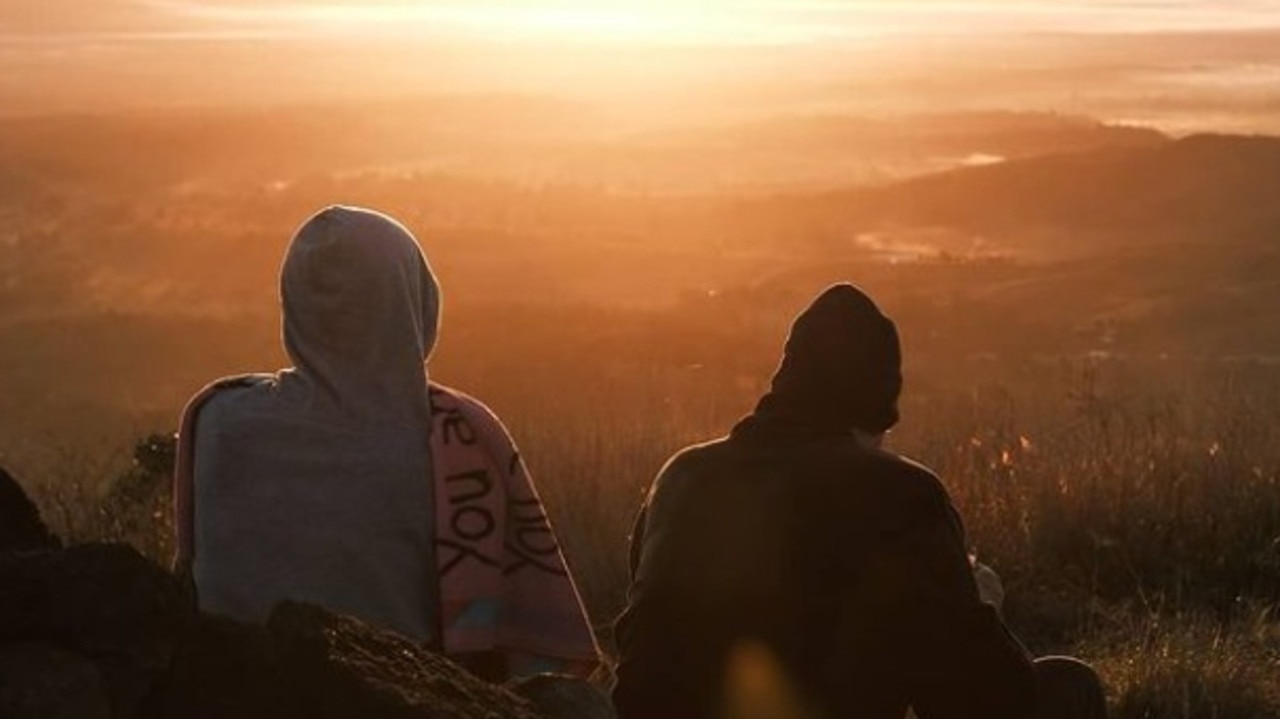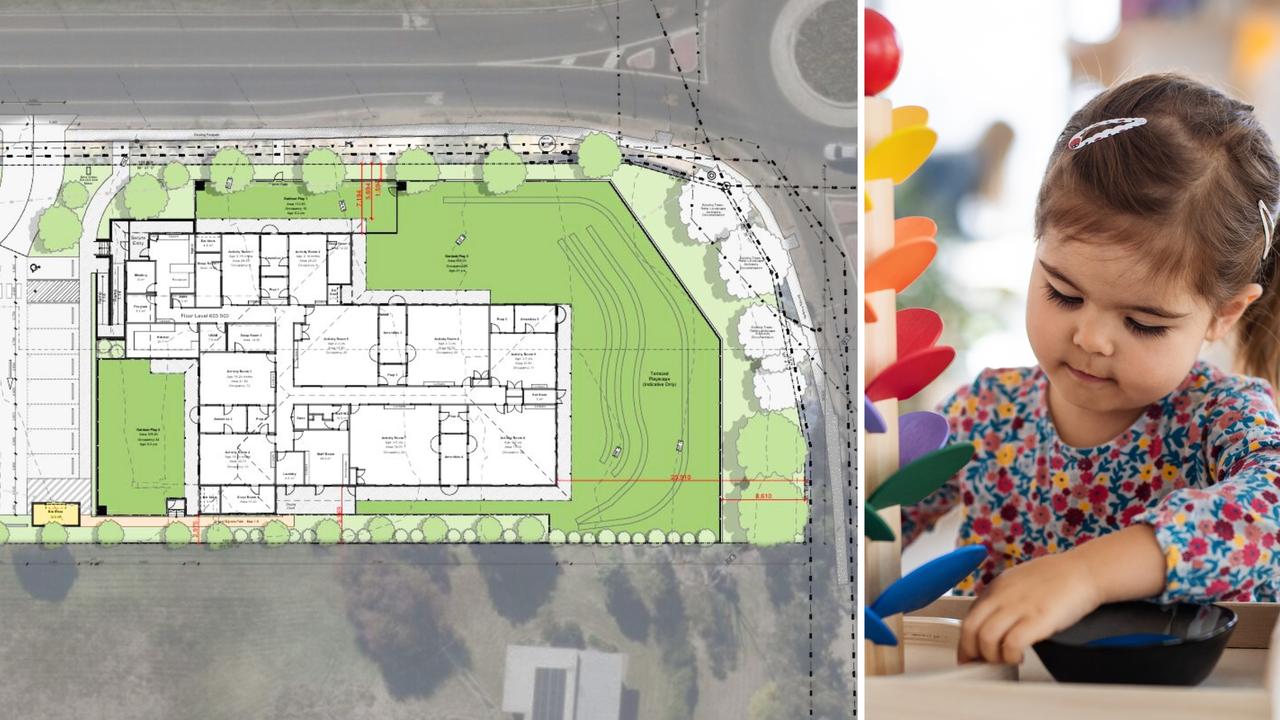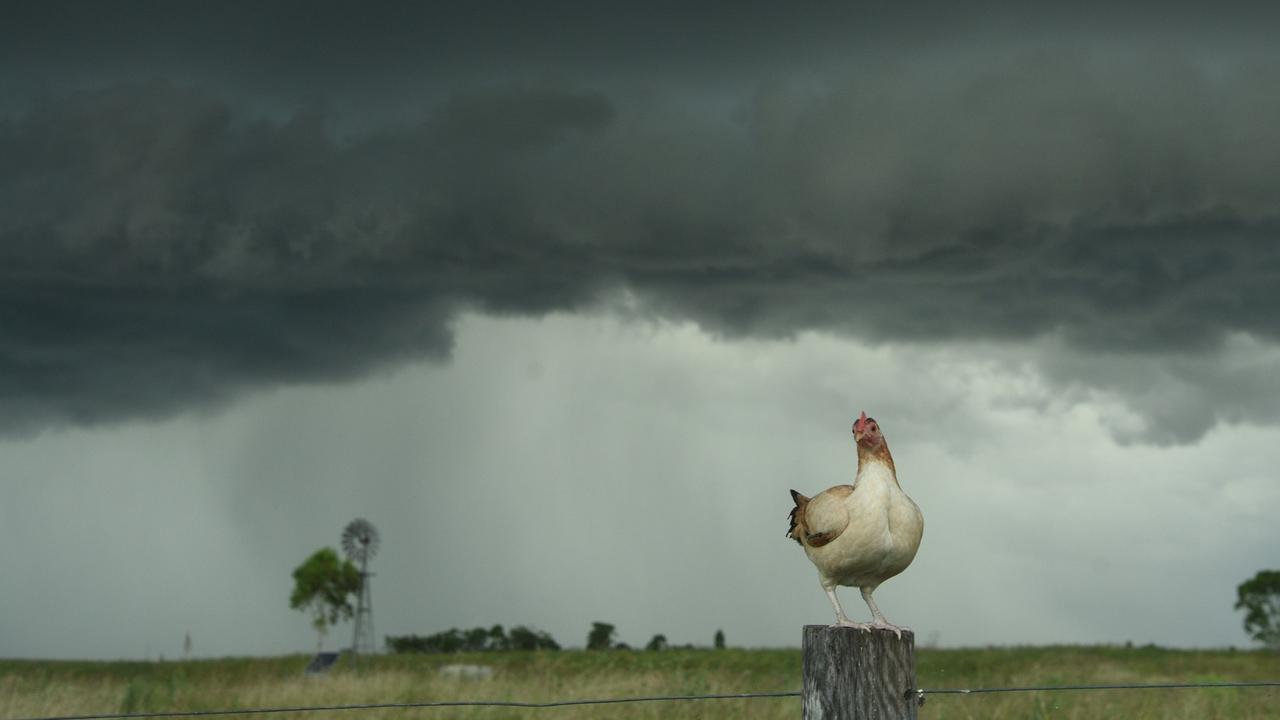We should take every chance we have to rescue First Nations’ history from the bleached landscape of postcolonial Australian
For the past 200 years we have methodically removed the stories of First Nation’s people from out shared culture and history but returning Meewah to its rightful name is a step towards righting some of those wrongs.

Toowoomba
Don't miss out on the headlines from Toowoomba. Followed categories will be added to My News.
In the 200-odd years since white people arrived in Australia we have done a stellar job of cementing over a unique ecosystem and culture.
Gone are the billabongs, the gum forests and traditional meeting grounds.
They have been replaced by big box retailers, franchise takeaway stores and suburban sprawl so that most Australian towns and cities are indecipherable from each other, save for a few iconic landmarks.
Just as white people built bland towns, we also gave the bland names to landforms.
Every region has its Sugarloaf, Boat or Tabletop Mountains, there are hundreds of Reedy Creeks and Sandy Creeks while broad areas are named after long-forgotten bureaucrats, like Gore, Macquarie and Flinders.
The opposite is true of the culture we paved over to build the latest franchise supermarket.
Indigenous culture celebrated the landscape for what it was and imbued it with meaning through thousands of years of storytelling and mythology.
The mountains, creeks and forests were connected to the countless generations that were sustained by them and took on personalities of their own.
Uncle Wayne Fossey’s call to return Tabletop Mountain to its traditional name Meewah is a small step in reversing the damage done to Indigenous culture and the wider landscape.
The change rescues the mountain from the quagmire of ordinariness of postcolonial Australia and gives it back to the mysticism and mystery of the Dreamtime.
Importantly, it sets that flat-topped mountain from every other flat-topped mountain creating another reason to visit our region.
The name ‘Tabletop’ has stood for barely 150 years but this is nothing compared to the 60,000 years that First Nations people lived and thrived in the mountain’s shadow.
The change is something our community should support.







